Leverage. OPM. Financing. Capital. Funding. For a real estate investor, the ability to scale comes down to money. Banks and credit unions will only complete so many transactions with an investor before closing the door — if they will fund an REI deal at all. So, most investors looking to scale beyond using their own capital will quickly find themselves hunting for private money.
While the advantages are many, the underlying difficulty in working with a private lender is in the name: private. Like banks, private lenders each set their own underwriting guidelines, fees, rates, terms, and conditions. Unlike banks, there are few government reporting requirements, so there is no place to ascertain whether rates and contract terms are in line with what other private lenders are doing.
There are also no government institutions or licensing through which to verify that a private lender is legitimate. Anyone can put up a website, publicize attention-grabbing rates, and watch the applications roll in — complete with sensitive personal information and application fees.
While the Federal Trade Commission and other federal agencies, state attorneys-general, and local law enforcement will investigate lending fraud, they are largely overworked, understaffed, and faced with pursuing a moving target. For an experienced fraudster, escaping justice can be nearly as simple as moving to a new website and phone number, making borrower restitution rare.
While the potential risks to private lending can feel insurmountable, the industry’s reputation for speedy closings, flexible loan terms, increased negotiating opportunity, and the ability to form close working relationships are powerful draws when compared to traditional financing.
So how does an investor go about limiting risk while maximizing reward?
1. Know the common private lending scams.
According to a 2019 joint research effort called Exposed to Scams from the Better Business Bureau and Stanford Center on Longevity, knowing about a scam method makes you 49 percent less likely to be victimized by it. Some of the most common scams in the private lending industry are:
- Pretending to be a private lender and asking for large application fees, other up-front fees, and/or large down payments. These “lenders” do not actually make any loans and may also use sensitive information from the application to commit identity theft.
- Stealing the identities of legitimate private lenders, including spoofing their websites. These “lenders” may pass rudimentary due diligence because the legitimate private lender has already earned a positive reputation.
- Foreclosure rescue services or other mortgage relief services that, in exchange for a fee and sensitive personal information, promise to lower payments or change loan terms.
2. Find lenders through trusted third parties.
Asking other investors for referrals to private lenders with whom they have had a good experience is a great place to start. Even if that specific lender cannot underwrite your deal, they will often know of another lender who can.
Beyond your immediate network, the American Association of Private Lenders offers a public online member directory at aaplonline.com/directory. These lenders have all pledged to follow the association’s Code of Ethics. There is also some recourse against a member lender via AAPL’s code– violation process.
Finally, there are companies that specialize in lead generation for private lenders, including Private Lender Link, Scotsman Guide, and Connected Investors. When using one of these platforms, be sure to research how lenders get listed. Platforms that let anyone advertise are more likely to attract scammers.
3. Complete due diligence.
After you have found a few private lenders that advertise the kind of loan parameters you need, take a mental step back. It can be tempting to jump right in or get attached to the idea that if you do not apply right away, the money might disappear. Those are feelings that fraudulent lenders capitalize on. Watch out for the following red flags as you investigate the company.
Red flags prior to completing an application:
- The lender pressures you to act quickly.
- The lender charges an unusually large application fee.
- An internet search of the company name turns up a different website address or contact information than provided.
- You are unable to verify the company’s status in a Secretary of State business search in the state the lender is doing business. You should also reach out to the company via the official contact information and see if you reach the same lender.
- The lender advertises licensing that you are unable to verify with the applicable licensing board.
- The lender advertises being a member of the American Association of Private Lenders, but AAPL is unable to verify membership or shows different contact information for the lender.
Red flags after completing an application:
- Excessive or unexplained fees, interest rates, down payment and/or points.
- Loan terms that seem too good to be true, which can be a sign of bait-and-switch.
- Requests to submit money through PayPal (or, absent a verifiable title company, wire transfer).
- The absence of common loan closing documents. From the lender this may be disclosures and sales contract/settlement statement, or the lender may seem unconcerned with collecting insurance binders, construction permits, operating agreement, or IRS EIN.
- The absence of an appraiser or verifiable titling company in the closing process.
If at any point you find that you have been working with a scammer and have provided sensitive personal information, treat it as identity theft. Report it to local law enforcement, your district attorney, your state Attorney General, and the Federal Trade Commission.
While there are very few scammers compared to legitimate private lenders, it is still best to be cautious and thorough.
4. Find the best deal.
After you have found a short list of legitimate lenders, your best scenario is to complete an application with each of them. You won’t necessarily need to do this for every deal after you’ve narrowed down a few lenders that check all the boxes, but for the first few deals—or when your deal has marked changes from previous transactions—it can give you an idea of what the range is.
When evaluating the loan terms, decide what factors are most important to you. While interest rates, fees, down payment, and days to close are likely at the top, there are other factors that you should consider, including (but not limited to):
- What are the processes and costs if you need an extension or increase?
- How and when will you make payments? What are the penalties and processes if you are unable to make them?
- Is there a draw request process? What does the lender evaluate to approve them?
- Does the lender have requirements for how you protect the property (type of insurance, on-site security, etc.)?
- What reporting or updates does the lender require?
- Does the lender allow a junior lienholder, and what are the notification/approval processes?
- Are there conditions that allow the lender to renegotiate or revise the loan terms, and what are they?
Not all lenders will have requirements in these areas. Some may have other covenants not mentioned here. While not necessarily red flags, these details determine how easy it will be to hold up your end of the loan in best– and worst–case scenarios. Outside of the contract, think about what working with each lender is like. Are they easy to get ahold of? Are they willing to explain things to you? What does your gut tell you the working relationship will be like?
While this process may seem time consuming, it not only ensures the safety of your identity and hard-earned cash, it shows you care about the details, which can be reassuring to experienced lenders. Think of this not as going through the effort just to close one loan, but to find a partner, or group of partners, that will help you scale your business.










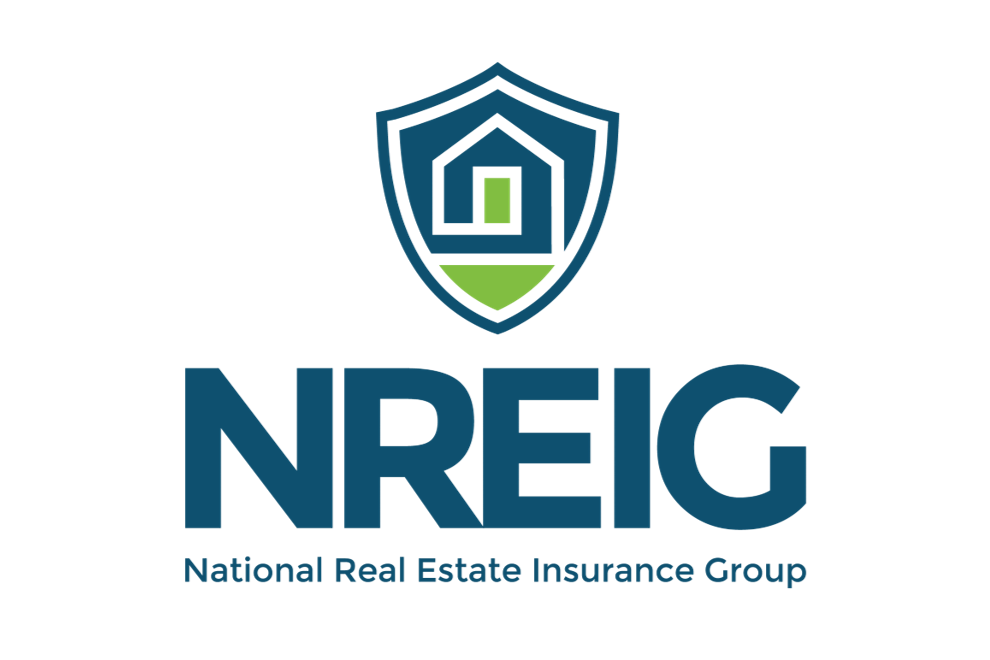
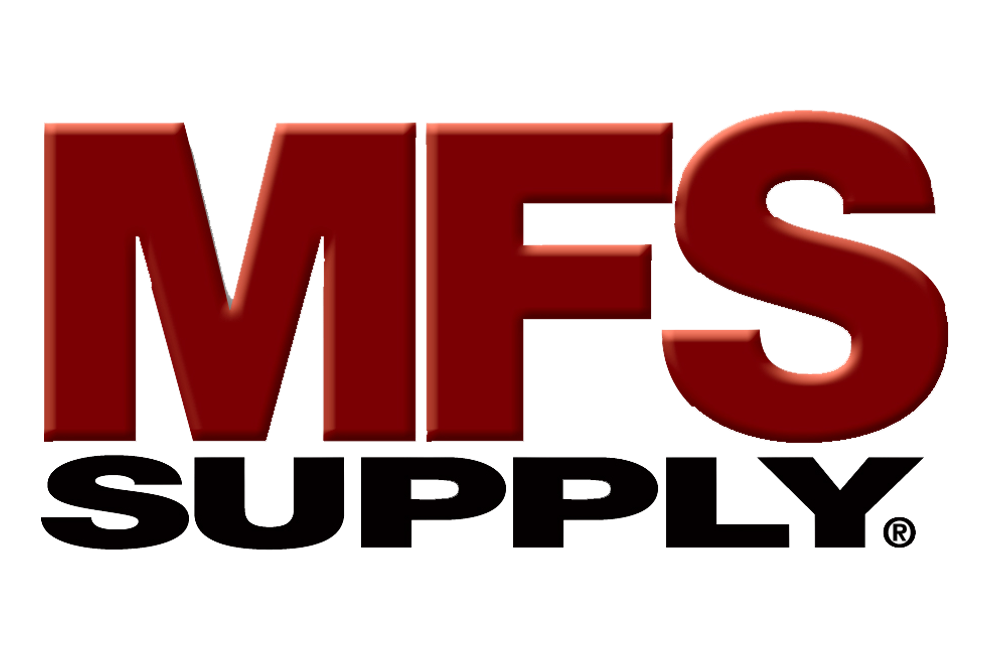

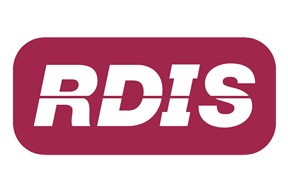
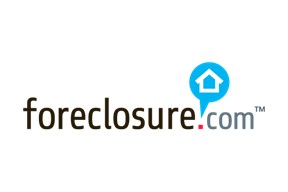
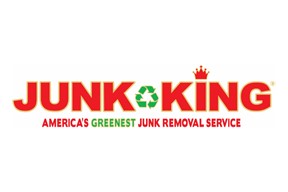
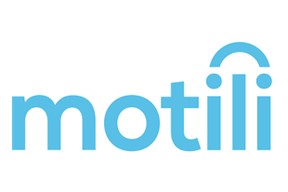

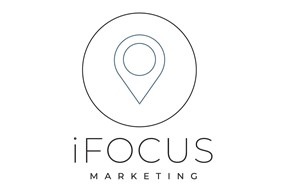
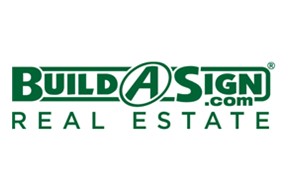

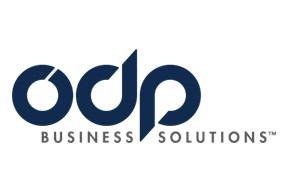
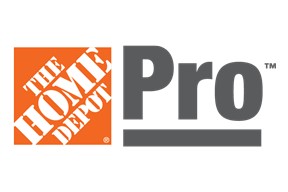
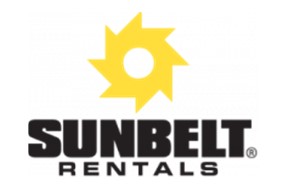
0 Comments